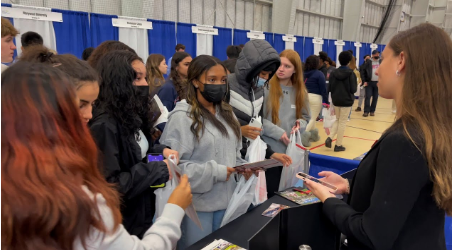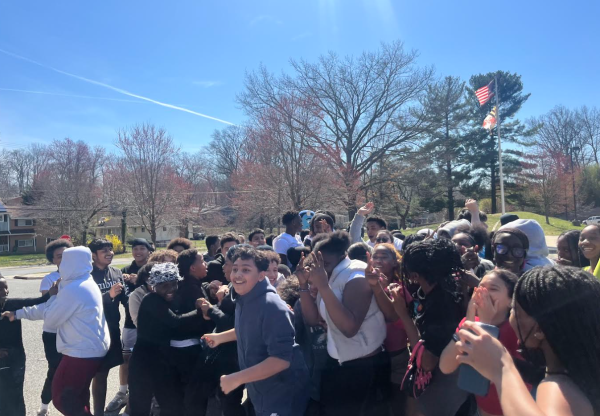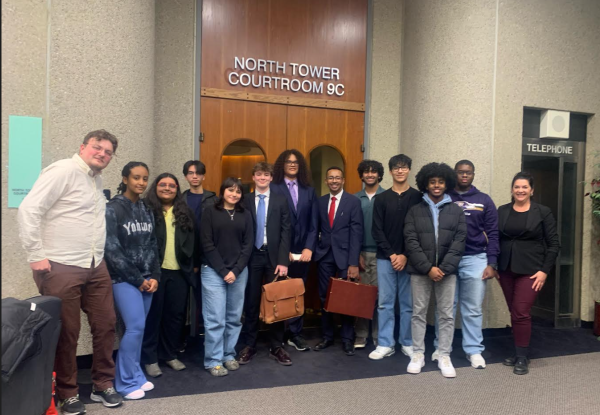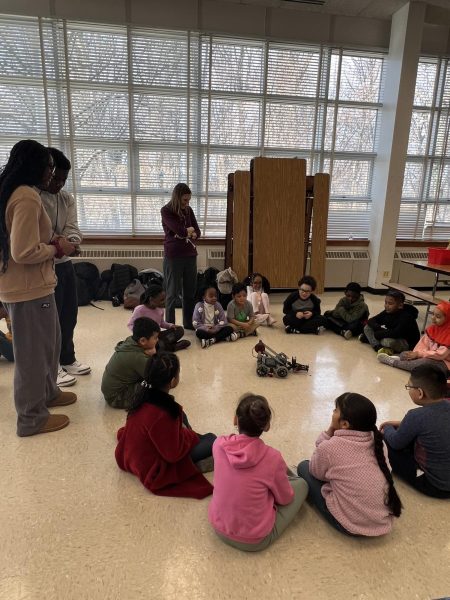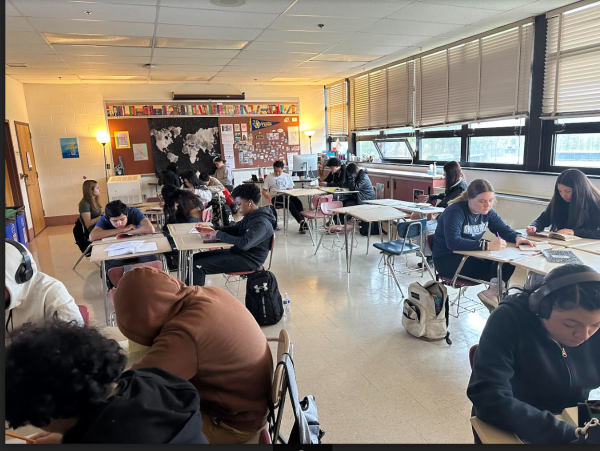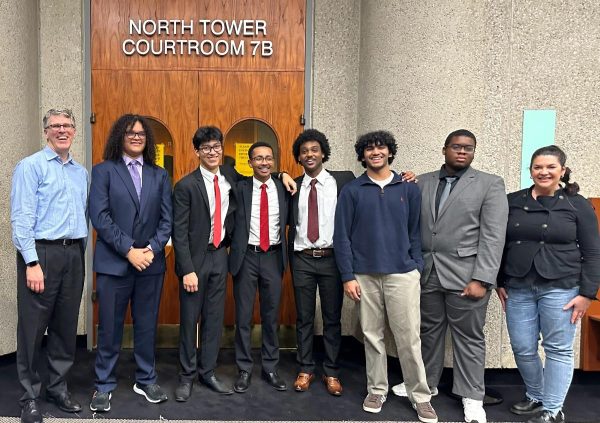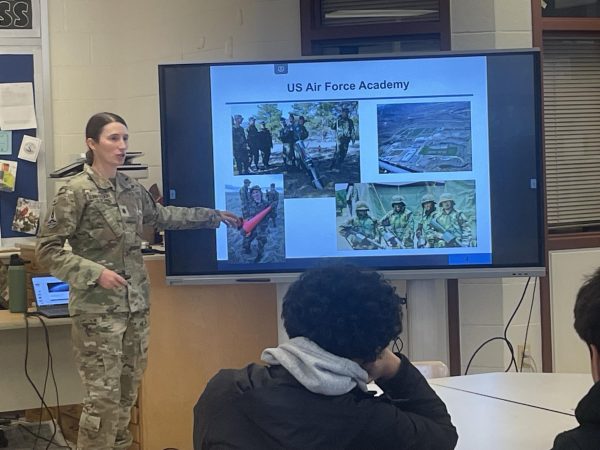The Climate Movement in India and Israel
The Climate Movement Across The World
photo by Deepten Sarkar/FFF India
A November global climate strike in Bangalore, India.
As in Africa and many other parts of the world, it is a challenge to get people to care about the climate crisis in India, said 21-year-old activist Disha Ravi, even though the climate crisis is already knocking at its door.
The southern Indian city of Bangalore, where Ravi lives, has been called “India’s Silicon Valley” and has seen a rapid and alarming decrease in the amount of groundwater available due to over-exploitation of the natural resources and is hurtling towards a water crisis — which will only be exacerbated by the climate crisis. Bangalore is already among the most polluted parts of India and is already above the World Health Organization’s guidelines for air pollution — and is only going to get worse, forecasts say.
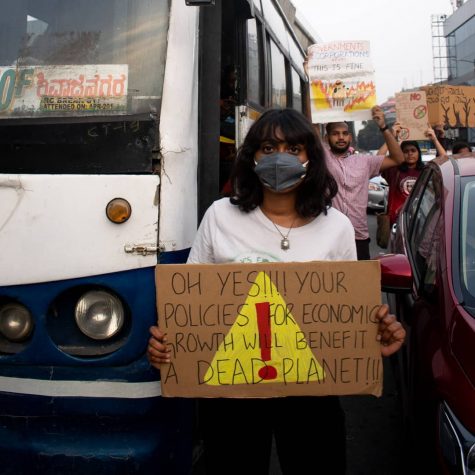
It will hurt the people in the slums the most, but even they are largely apathetic, Ravi said. Activists try to fight back against that by amplifying voices from the slums and fighting for issues more immediately relevant to them. The issues the climate activists address depend heavily on the region, but all are focused on the preservation of natural resources, which are becoming a scarcity.
The government is not making things easier, though. According to activists, the government is much more focused on building a Hindu ethnostate, repressing dissent, and taking away indigenous lands than fighting the climate crisis. Indian society has become even more polarized due to the Indian government’s amendment of the Citizenship Amendment Act, which would fast-track citizenship for Hindus, Sikhs, Parsis, Buddhists, and Christians — but not Muslims — from three surrounding countries. While Fridays for Future India has not taken an official stance, many activists have supported the protests against the law.
“One day, I would like to be able to look my children in the eyes and tell them that everything is going to be okay, and mean it.” – Madeline Graham
Israel is a similarly polarized society. Activists there try to rise above the partisanship and fight for action on the climate crisis. It is largely an nonpartisan movement, 15-year-old activist Lily Mackey said. Activists avoid taking a stand on hot-button issues like Palestinian land rights and emphasize that all are welcome to join the movement, no matter their religion.
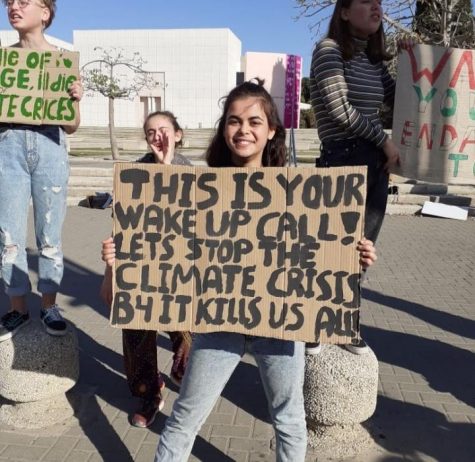
Neither of the two leading parties, the HaLikud party, led by Benjamin Netanyahu, nor the Kahol Lavan, led by Benny Gantz, addressed the climate crisis during their campaigns in any meaningful way, Mackey said.
Like elsewhere, activists see the climate crisis issue as transcending party lines, but Mackey acknowledged that in practice there is very little concern about the issue, both in politics and among the general population. Fridays for Future tries to fight against that by protesting, lecturing, and even suing the country. The movement is slowly gaining steam, Mackey said.
Despite regional differences, activists from the US, Argentina, Germany, Senegal, South Africa, Kenya, Uganda, India, and Israel are united in fighting the climate crisis and fighting for their futures, as US activist Madeline Graham put it.
“One day, I would like to be able to look my children in the eyes and tell them that everything is going to be okay, and mean it.”


